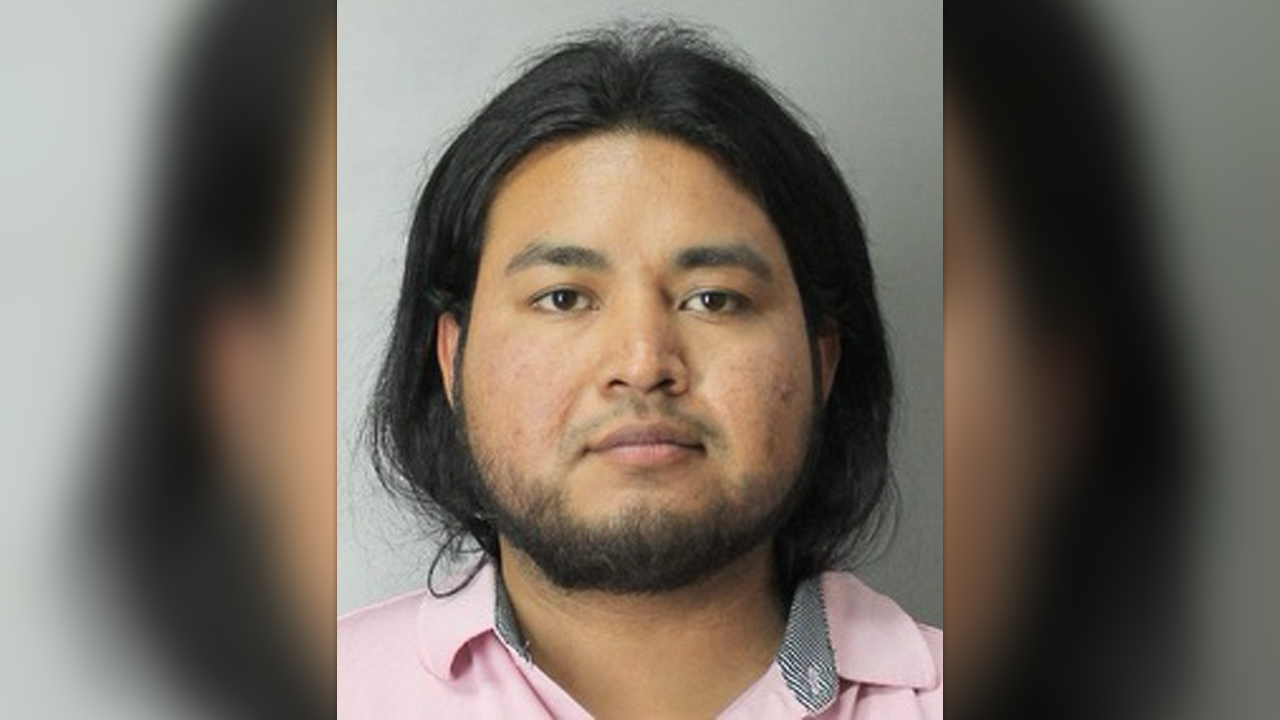His mother, a Russian Jewish immigrant from Odessa, was devoted to reading and to seeing that her sons succeeded.
Mr. Serra drew incessantly from an early age — in part, he admitted, to compete for his parents’ attention with his brilliant, athletic older brother, Tony. Impressed by his drawings, his third-grade teacher told his mother to take him to museums. She began introducing him to people as an artist.
Tony Serra would become a lawyer well known for his left-wing views, for a vow of poverty he took and for defending Huey Newton, co-founder of the Black Panthers, and members of the radical group the Symbionese Liberation Army. (The two brothers did not speak for 25 years, but Richard Serra eventually helped pay for the college expenses of Tony’s five children.)
After one year at the University of California, Berkeley, where he joined the progressive Students for a Democratic Society, Mr. Serra transferred to the University of California, Santa Barbara, which he remembered as small and very competitive, “with a lot of verbal sparring back and forth.” He took courses there with Margaret Mead, Aldous Huxley and Christopher Isherwood and majored in English literature while studying art with the painters Howard Warshaw and Rico Lebrun.
He was planning to continue his literary studies in graduate school when Mr. Warshaw told him he should think about applying to an art school. Mr. Serra sent a group of drawings to Yale and received a scholarship. His classmates there included Mr. Close, the painters Brice Marden (who died in August) and Rackstraw Downes, and the sculptor Nancy Graves, who became his girlfriend. Among his teachers, he was especially influenced by the painter Philip Guston and the experimental composer Morton Feldman. He later described the large paintings he made at Yale as “knockoff Pollock-de Koonings.”
A Yale travel fellowship followed by a Fulbright grant allowed him to spend two years in Europe with Ms. Graves, who also received a Fulbright. They married in 1964 in Paris, where they became friendly with the composer Philip Glass. In Florence, Italy, after his Velazquez epiphany in Madrid, Mr. Serra began making assemblages that involved stuffed and living animals in cages. His first solo show, titled “Live Animal Habitats,” took place at Galleria La Salita in Rome in 1966.






